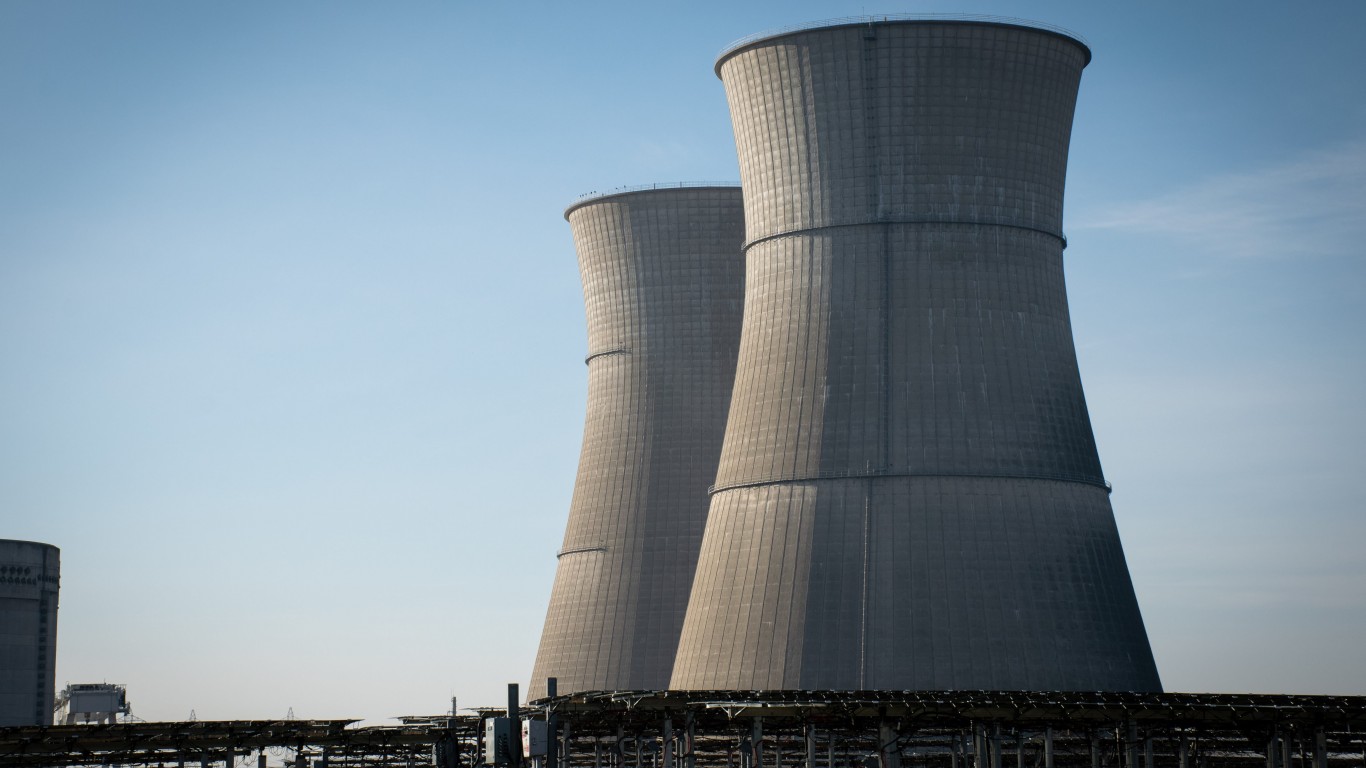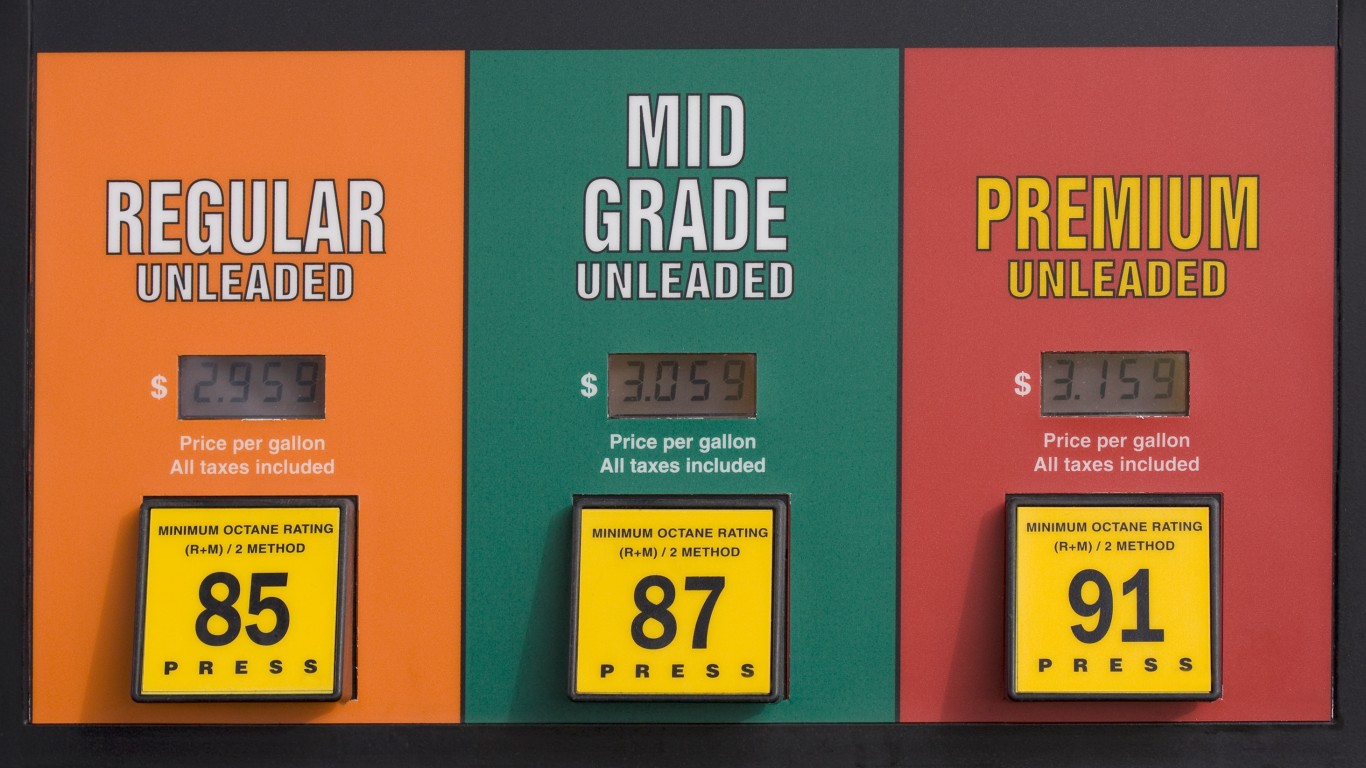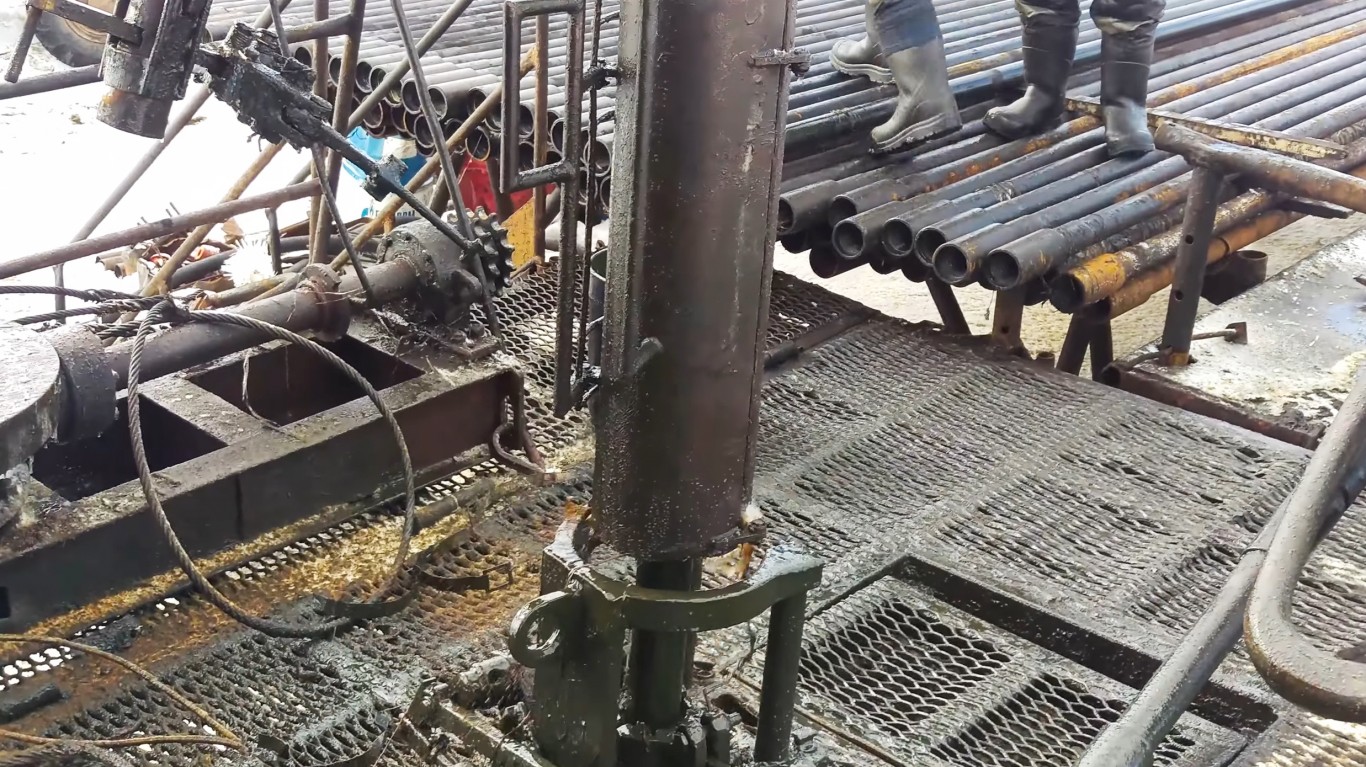From $50 a barrel during the middle of October, benchmark West Texas Intermediate (WTI) crude has declined more than 30% to trade at $34 lows by mid-December. The unwillingness of OPEC to cap its production, even against a backdrop of six-year lows, has many speculators calling for further decline, with forecasts of previously unthinkable mid-$20 barrels rife.
We are approaching the absolute break-even point for oil production, if we haven’t done so already. This is the point at which oil producers will turn off their wells because they are losing too much capital per barrel produced. Once this happens, classic supply and demand means a contraction in supply should translate to a reversal in price. This is exactly what OPEC is betting on by flooding the markets to put the American shale industry out of business. This eventually will happen because shale is running out of breath underwater, and from there the most efficient producers with the best economies of scale will be the ones to gain the most.
The obvious frontrunners are the incumbent oil producers with the lowest costs of production. Royal Dutch Shell PLC (NYSE: RDS-A) is down 21% year to date, and the market currently values the company at just shy of $140 billion. However, Shell has generated more than $400 billion revenues in each of the past three years, and it looks on track to generate a little over $300 billion this year, even with the collapse in oil prices. With annual revenues at more than twice its market capitalization, Shell looks to be a classic value play for an investor with an even mildly optimistic take on the future of the space.
Exxon Mobil Corp. (NYSE: XOM) is in a similar position. The company has generated about $208 billion revenues during the first three quarters of 2015, and it is on track to round this off at between $250 billion and 270 billion for full year. Exxon has $340 billion in assets listed on its balance sheet, but its current market cap doesn’t even equal that, at only $322 billion. With only an upper single-digit percentage gain in the per barrel price of oil, Exxon will be generating annual revenues that exceed its market cap.
This is something we often see in very small public companies, as the result of market inefficiency. In mega caps like Exxon, however, it is a rare situation. Again, with even a mildly optimistic take on the space, Exxon could gain big once oil finally turns.
by Matt Winkler
The Average American Has No Idea How Much Money You Can Make Today (Sponsor)
The last few years made people forget how much banks and CD’s can pay. Meanwhile, interest rates have spiked and many can afford to pay you much more, but most are keeping yields low and hoping you won’t notice.
But there is good news. To win qualified customers, some accounts are paying almost 10x the national average! That’s an incredible way to keep your money safe and earn more at the same time. Our top pick for high yield savings accounts includes other benefits as well. You can earn up to 3.80% with a Checking & Savings Account today Sign up and get up to $300 with direct deposit. No account fees. FDIC Insured.
Click here to see how much more you could be earning on your savings today. It takes just a few minutes to open an account to make your money work for you.
Our top pick for high yield savings accounts includes other benefits as well. You can earn up to 4.00% with a Checking & Savings Account from Sofi. Sign up and get up to $300 with direct deposit. No account fees. FDIC Insured.
Thank you for reading! Have some feedback for us?
Contact the 24/7 Wall St. editorial team.
 24/7 Wall St.
24/7 Wall St.



